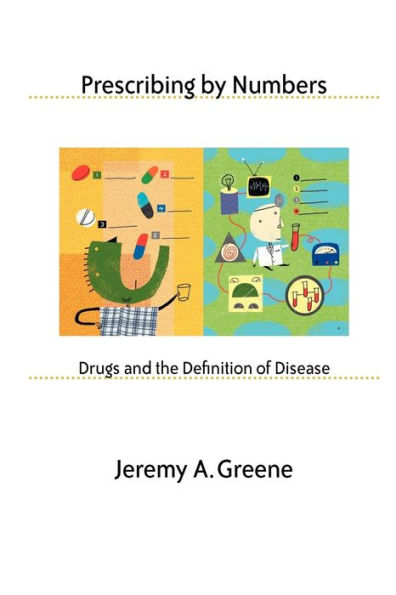5
1
9780801891007


Prescribing by Numbers: Drugs and the Definition of Disease available in Paperback

Prescribing by Numbers: Drugs and the Definition of Disease
- ISBN-10:
- 0801891000
- ISBN-13:
- 9780801891007
- Pub. Date:
- 12/15/2008
- Publisher:
- Johns Hopkins University Press
- ISBN-10:
- 0801891000
- ISBN-13:
- 9780801891007
- Pub. Date:
- 12/15/2008
- Publisher:
- Johns Hopkins University Press
31.0
In Stock

Product Details
| ISBN-13: | 9780801891007 |
|---|---|
| Publisher: | Johns Hopkins University Press |
| Publication date: | 12/15/2008 |
| Edition description: | New Edition |
| Pages: | 336 |
| Product dimensions: | 5.90(w) x 8.90(h) x 1.00(d) |
| Age Range: | 18 Years |
About the Author
What People are Saying About This
From the B&N Reads Blog
